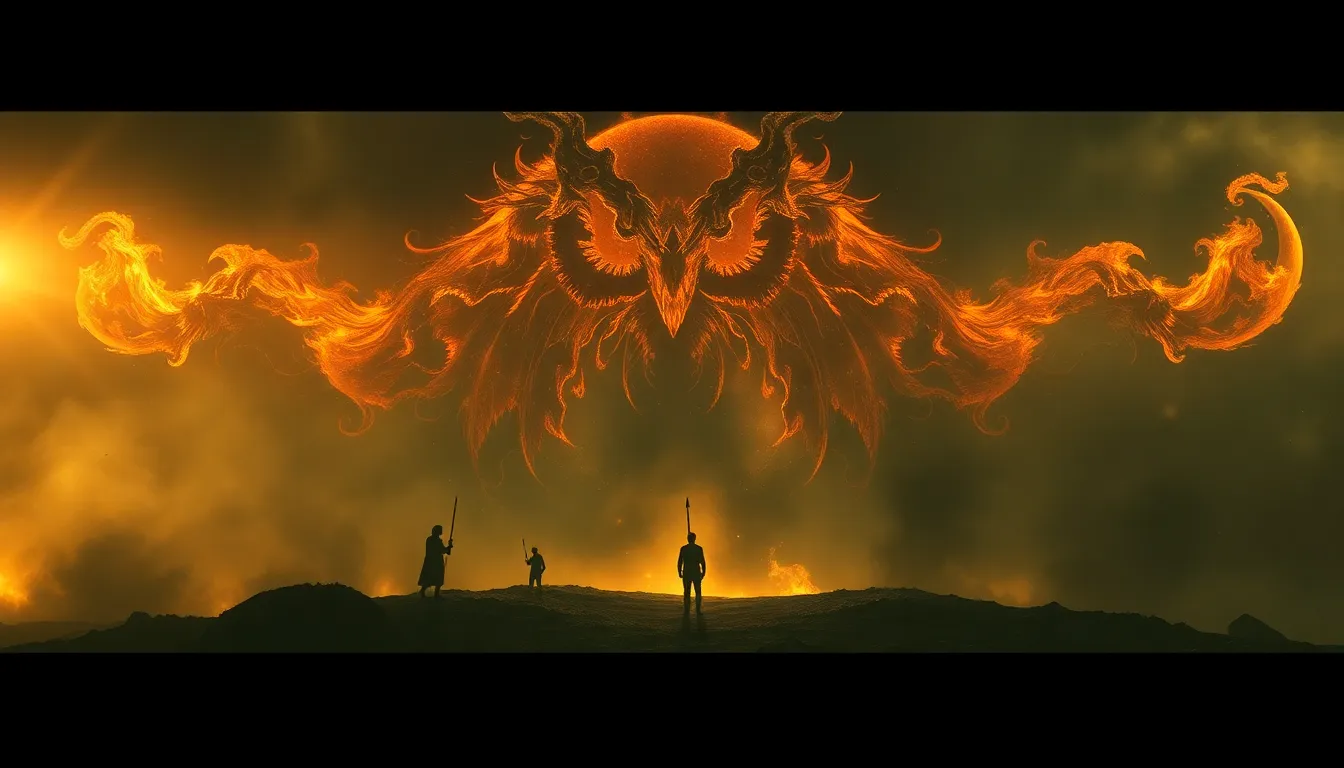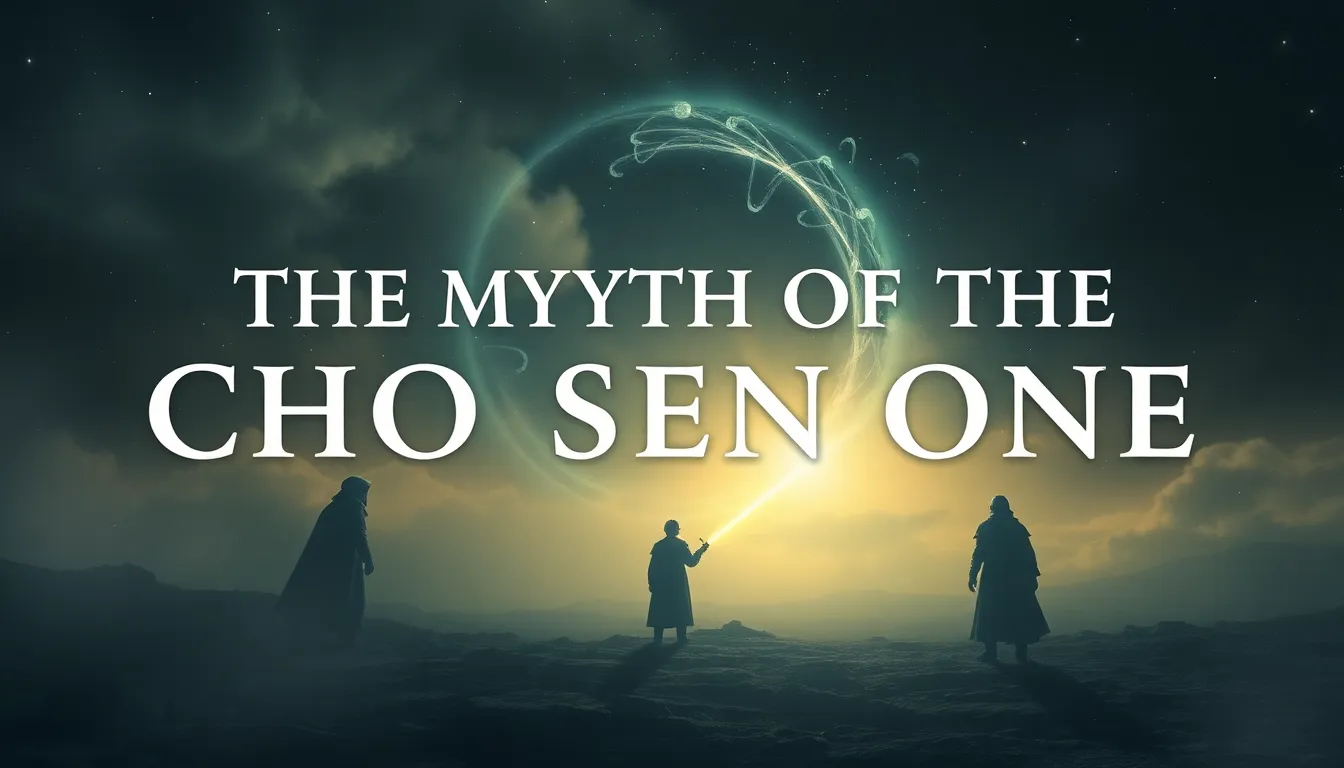The Myth of Tlahuizcalpantecuhtli: The Aztec God of the Morning Star
The Aztec civilization, known for its rich culture and complex mythology, had a pantheon of deities representing various aspects of life and nature. One of the most interesting and enigmatic figures in the Aztec mythology is Tlahuizcalpantecuhtli, the god of the morning star, also known as Venus. His name, meaning "He Who Makes the Dawn to Appear," reflects his association with the brilliant dawn light. Tlahuizcalpantecuhtli was both a powerful and complex deity, embodying contradictory forces of light and darkness, renewal and destruction.
Tlahuizcalpantecuhtli: A Complex and Contradictory Deity
Tlahuizcalpantecuhtli's dual nature as the Morning Star was central to his complex and contradictory role in Aztec mythology. He is depicted as a warrior god, often portrayed with a feathered headdress and a spear representing his strength and warlike qualities. In Aztec cosmology, he was seen as a protector of warriors and kings, granting them victory and ensuring prosperity. He was also closely associated with the cycle of life, death, and rebirth, symbolizing the renewal that comes with each new day.
The Morning Star: A Symbol of Renewal and Transformation
The morning star was a powerful symbol for the Aztecs, representing the beginning of a new day, a time of hope and opportunity. The appearance of the Morning Star in the sky was seen as a sign of renewal and a time for reflection. It symbolized a break from the darkness of night and the arrival of a new day. As the Morning Star, Tlahuizcalpantecuhtli held a special place in Aztec cosmology, embodying the cyclical nature of life and time.
Tlahuizcalpantecuhtli as the Patron of Warriors and Kings
Tlahuizcalpantecuhtli was revered as a patron deity of warriors and kings, offering them protection and strength in battle. His association with war was deeply rooted in his fiery and powerful nature, mirroring the fierce and destructive nature of warfare. This warrior aspect of Tlahuizcalpantecuhtli became particularly significant during the expansionist phase of the Aztec empire, as they sought to conquer new territories and establish their dominance.
The Role of Tlahuizcalpantecuhtli in the Aztec Calendar
The Aztec calendar, a sophisticated system of timekeeping, played a crucial role in their religious and social life. Tlahuizcalpantecuhtli held a significant place in the Aztec calendar, as the god associated with the fifth day of the 20-day cycle, a day dedicated to war and sacrifice. His influence extended beyond the daily cycle, extending into the larger framework of the Aztec calendar, influencing rituals and ceremonies throughout the year.
Tlahuizcalpantecuhtli and the Celestial Cycle: A Connection to Venus
The Aztec understanding of Tlahuizcalpantecuhtli's celestial nature was deeply connected to their observations of Venus. The ancient Aztecs were adept astronomers, meticulously tracking the movements of stars and planets. They recognized that Venus, as the Morning Star, appeared in the eastern sky before sunrise, a phenomenon that mirrored Tlahuizcalpantecuhtli's role as the harbinger of dawn. The Aztecs believed that Venus, like Tlahuizcalpantecuhtli, embodied both light and darkness, representing its distinct appearances in the morning and evening skies.
Venus, in its appearance in the morning sky, was seen as a bright, shining beacon of hope and renewal, mirroring Tlahuizcalpantecuhtli's association with the dawn and new beginnings. However, as an evening star, Venus was seen as a more sinister and ominous presence. This mirrored Tlahuizcalpantecuhtli's association with war and destruction, reminding the Aztecs of the dangers and challenges that often accompanied darkness.
Interpreting Tlahuizcalpantecuhtli’s Dual Nature: Light and Darkness
The dual nature of Tlahuizcalpantecuhtli, representing both the light of dawn and the darkness of war, was a reflection of the complex and contradictory nature of the world as the Aztecs perceived it. Tlahuizcalpantecuhtli was not simply a god of light or darkness, but a force that encompassed both. He represented the constant interplay between creation and destruction, life and death, that existed in the universe.
The Aztecs believed that the universe was governed by a cosmic balance, where opposing forces constantly interacted. Tlahuizcalpantecuhtli, as the god of the Morning Star, embodied this cosmic balance, representing both the destructive force of war and the transformative power of renewal. He was a reminder that even in the darkest of times, there is always hope for a new beginning.
Theories on the Origins of the Tlahuizcalpantecuhtli Myth
The myth of Tlahuizcalpantecuhtli, like many other aspects of Aztec mythology, likely evolved over time, reflecting the beliefs and experiences of the Aztec people. Some scholars suggest that the myth was inspired by the striking phenomenon of the Morning Star, while others suggest it was inspired by earlier Mesoamerican deities associated with war and the dawn.
It is possible that the worship of Tlahuizcalpantecuhtli was influenced by the earlier civilizations that inhabited Mesoamerica. The Maya, for example, also had a deity associated with Venus, known as Ah K'in, who played a significant role in their mythology and calendar. It is possible that the Aztecs adopted and adapted this deity into their own pantheon, incorporating their own beliefs and understandings about the Morning Star.
The Influence of the Morning Star on Aztec Rituals and Practices
The Morning Star, as embodied by Tlahuizcalpantecuhtli, had a profound impact on Aztec rituals and practices. The Aztecs held special ceremonies and festivals in honor of Tlahuizcalpantecuhtli, particularly during the periods when Venus was visible in the morning sky.
These ceremonies were often characterized by elaborate rituals, offerings, and sacrifices. The Aztecs believed that these rituals would appease Tlahuizcalpantecuhtli and ensure his favor, bringing victory in battle and prosperity for their people. The influence of Tlahuizcalpantecuhtli extended beyond specific rituals, permeating various aspects of Aztec life, from the calendar to the design of their art and architecture.
Tlahuizcalpantecuhtli’s Lasting Legacy: Beyond the Aztec Empire
The myth of Tlahuizcalpantecuhtli, while rooted in Aztec culture, continues to resonate with us today, offering a glimpse into the ancient world and the complex ways in which humans understand and connect with the celestial world. The story of Tlahuizcalpantecuhtli, the god of the Morning Star, serves as a reminder of the enduring power of myths and legends to shape our understanding of ourselves and the world around us.
The legacy of Tlahuizcalpantecuhtli extends beyond the Aztec civilization. The Morning Star, as a celestial phenomenon, has been a source of inspiration and intrigue for cultures across the globe for millennia. The myth of Tlahuizcalpantecuhtli serves as a fascinating example of the enduring connection between humanity and the stars, reminding us that our understanding of the universe and our place within it is constantly evolving.
FAQ
Q: What are some other names for Tlahuizcalpantecuhtli?
A: Tlahuizcalpantecuhtli is also known as Quetzalcoatl, the Feathered Serpent, a name that also points to his association with the morning star.
Q: Why is Tlahuizcalpantecuhtli a complex and contradictory deity?
A: He is both a warrior god and a god of renewal, representing the dual nature of war and peace, destruction and creation. He is like the morning star, powerful in both its dawn and evening appearances.
Q: How did Tlahuizcalpantecuhtli affect the lives of the Aztec people?
A: He was a symbol of their hope, strength, and prosperity, impacting their rituals, calendar, and their overall worldview.
Q: How is Tlahuizcalpantecuhtli's legacy still relevant?
A: In the modern world, the symbolism of the Morning Star, the cycle of night and day, and the balance of forces are still relevant themes in our understanding of humanity and the universe.



